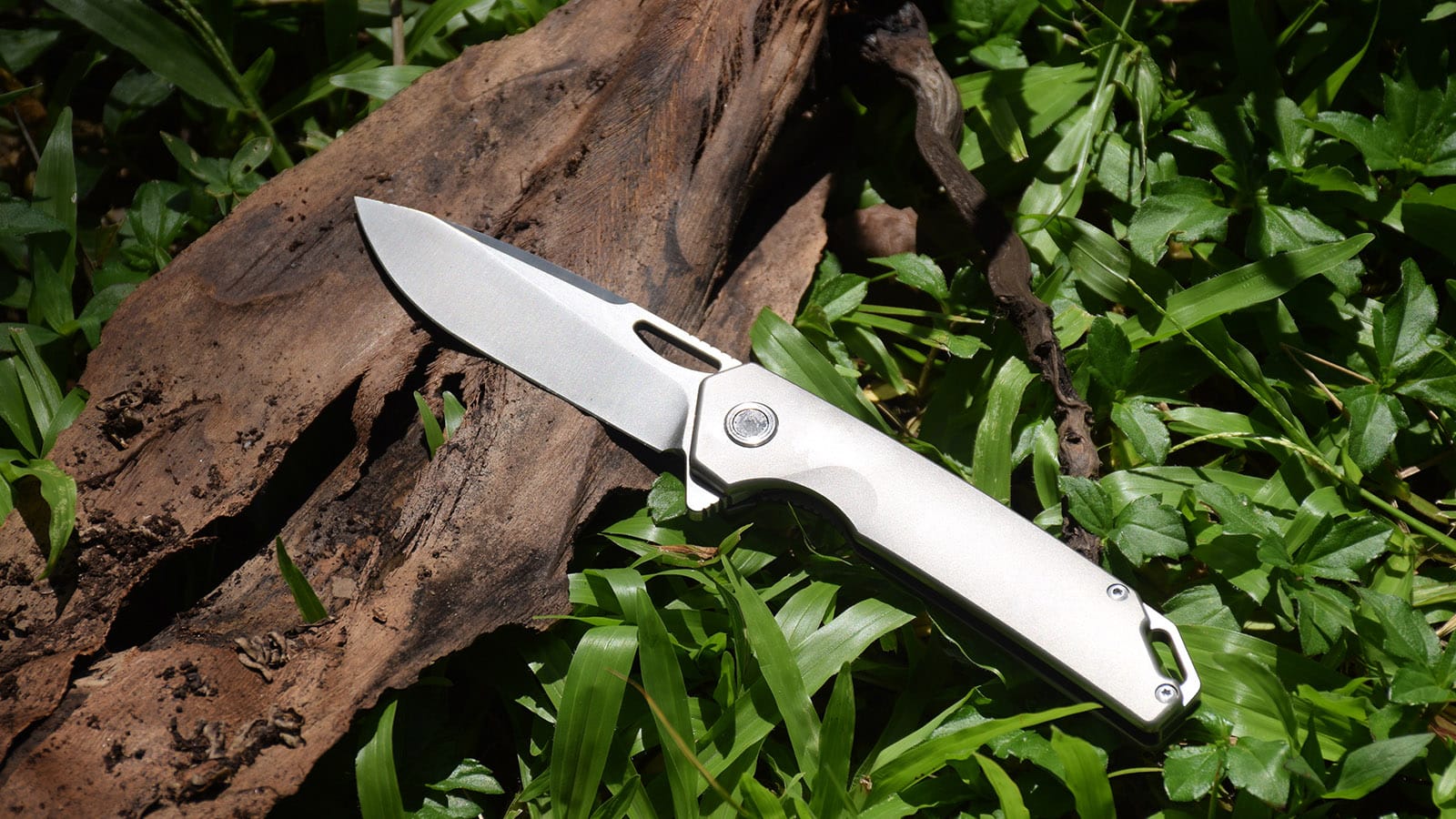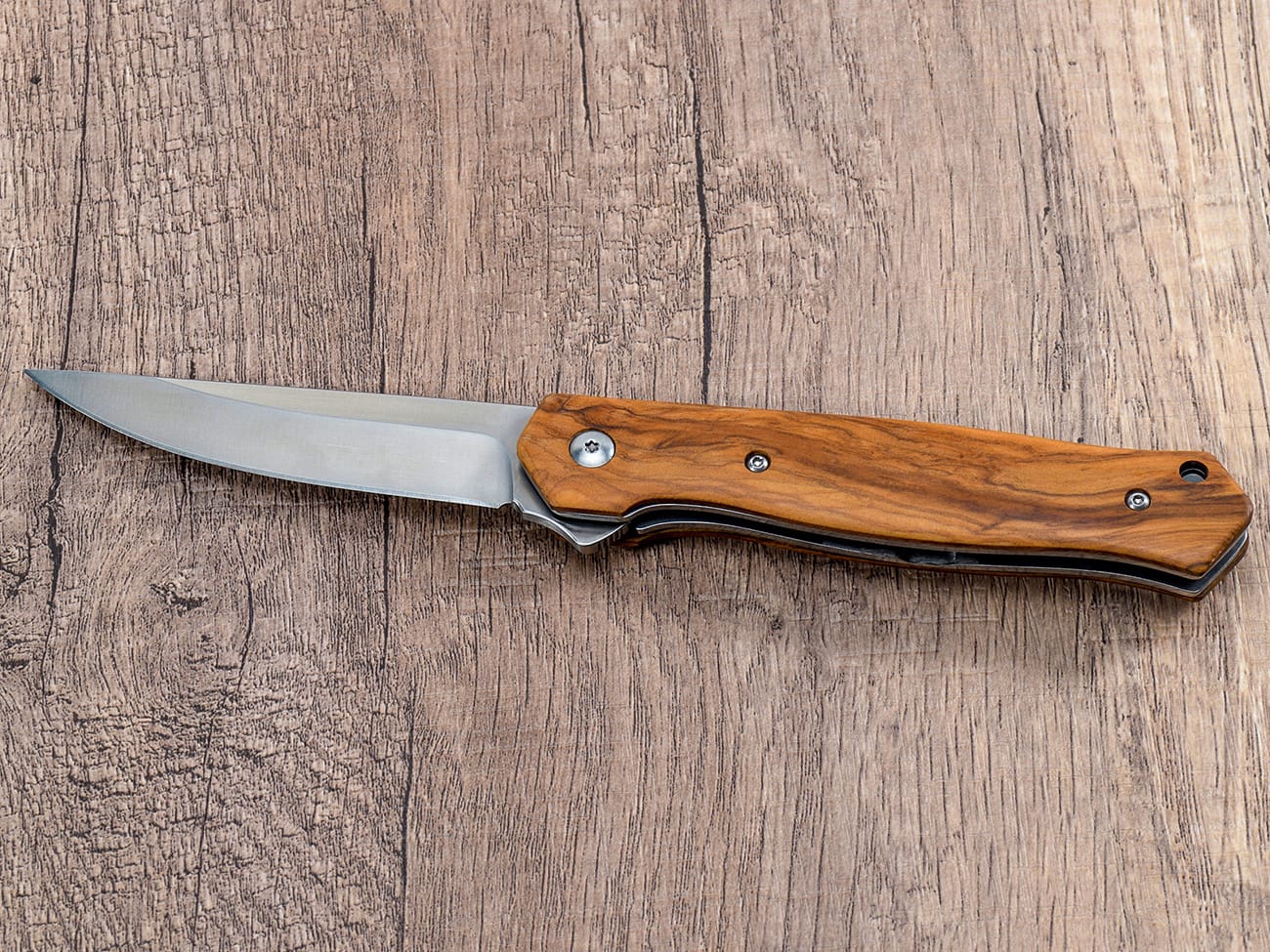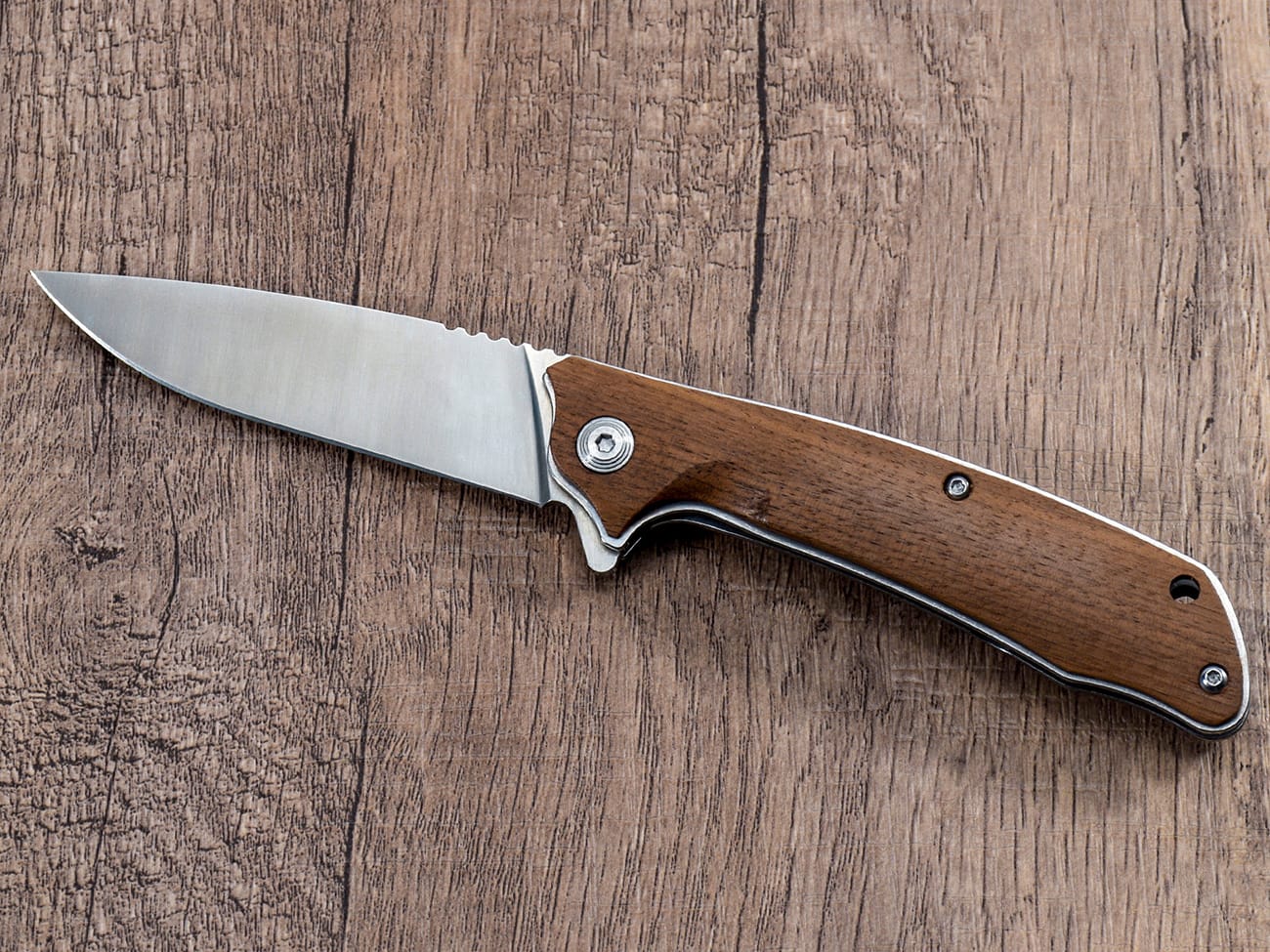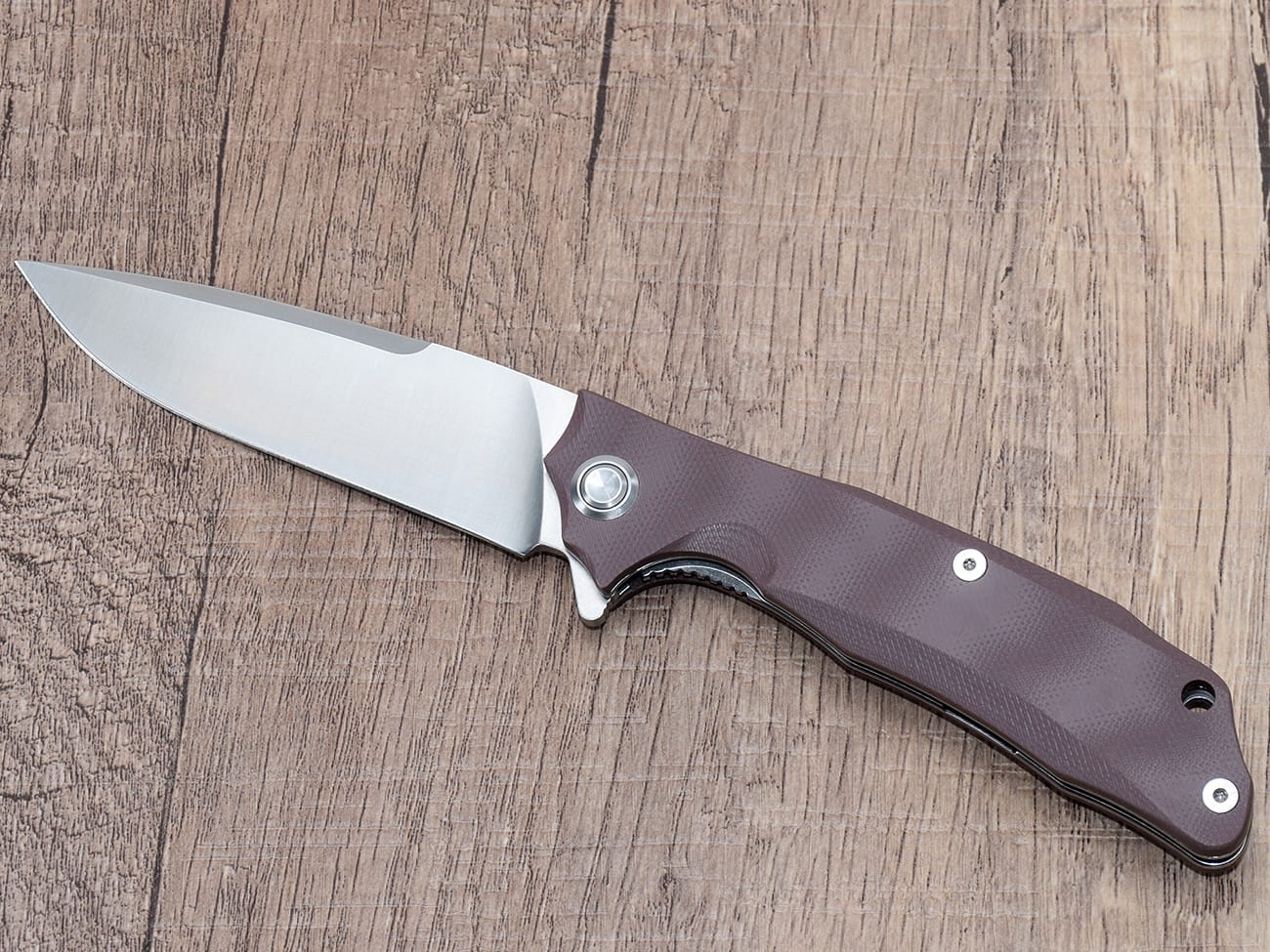In the world of DIY and professional work, having the right tools at your disposal can make all the difference. One such tool that often goes unnoticed is the pocket knife. While traditionally seen as a cutting instrument, a pocket knife can be used to effectively deburr, transforming rough edges into smooth surfaces. This article will delve into the versatility of pocket knives, particularly in deburring applications, and why understanding this can be beneficial for a wide range of projects involving materials like PVC, RMC, and EMT.
Table of Contents
1. What is Deburring and Why is it Important?
Deburring is the process of removing small imperfections known as burrs from the edges of metal, plastic, and wood. These burrs can occur during cutting, drilling, or machining processes. The presence of burrs can be more than just an aesthetic issue; they can affect the functionality of a component, posing safety risks and impacting the assembly process.Understanding deburring is essential because it ensures the smooth operation of parts by eliminating potential points of wear and tear. It also enhances the overall finish of a product, making it look more professional and reliable.
2. Can a Pocket Knife Be Used to Deburr?
The short answer is yes, a pocket knife can be used as a deburring tool. This might surprise those who typically associate pocket knives with outdoor use or everyday carry (EDC) tasks. However, their versatility makes them an ideal tool for deburring in many situations. The sharp blade, compact size, and ergonomic handle of a pocket knife can be effectively used to remove burrs from various materials, including metal and plastic.
Advantages of Using a Pocket Knife for Deburring:
- Versatility: Pocket knives can be used in a wide range of applications beyond cutting.
- Portability: Easy to carry and use anywhere, making them perfect for on-the-go deburring tasks.
- Precision: A well-maintained pocket knife provides the precise control needed for delicate deburring work.
3. How to Use a Pocket Knife for Deburring?
Using a pocket knife for deburring involves some basic steps to ensure safety and effectiveness. Here is a simple guide:
- Select the right knife: Choose a knife with a sharp, suitable blade for the material.
- Ensure the knife is properly maintained: A sharp blade is crucial for effective deburring.
- Apply gentle pressure: Use the blade to scrape along the edge of the material, removing any burrs.
Safety Tips:
- Always check the direction of the blade to avoid injuries.
- Use a firm but controlled grip on the knife to manage its movement precisely.
- Keep the knife clean to maintain its efficiency and longevity.
4. What Materials Can You Deburr with a Pocket Knife?
A pocket knife is suitable for deburring a wide range of materials. Here are some common examples:
- Metal: Perfect for removing burrs from pipes and sheet metal.
- Plastic: Ideal for smoothing edges of PVC and other plastic components.
- Wood: Great for finishing wooden projects by removing minor imperfections.
Each material requires a different technique and level of pressure, making it essential to practice and gain experience.
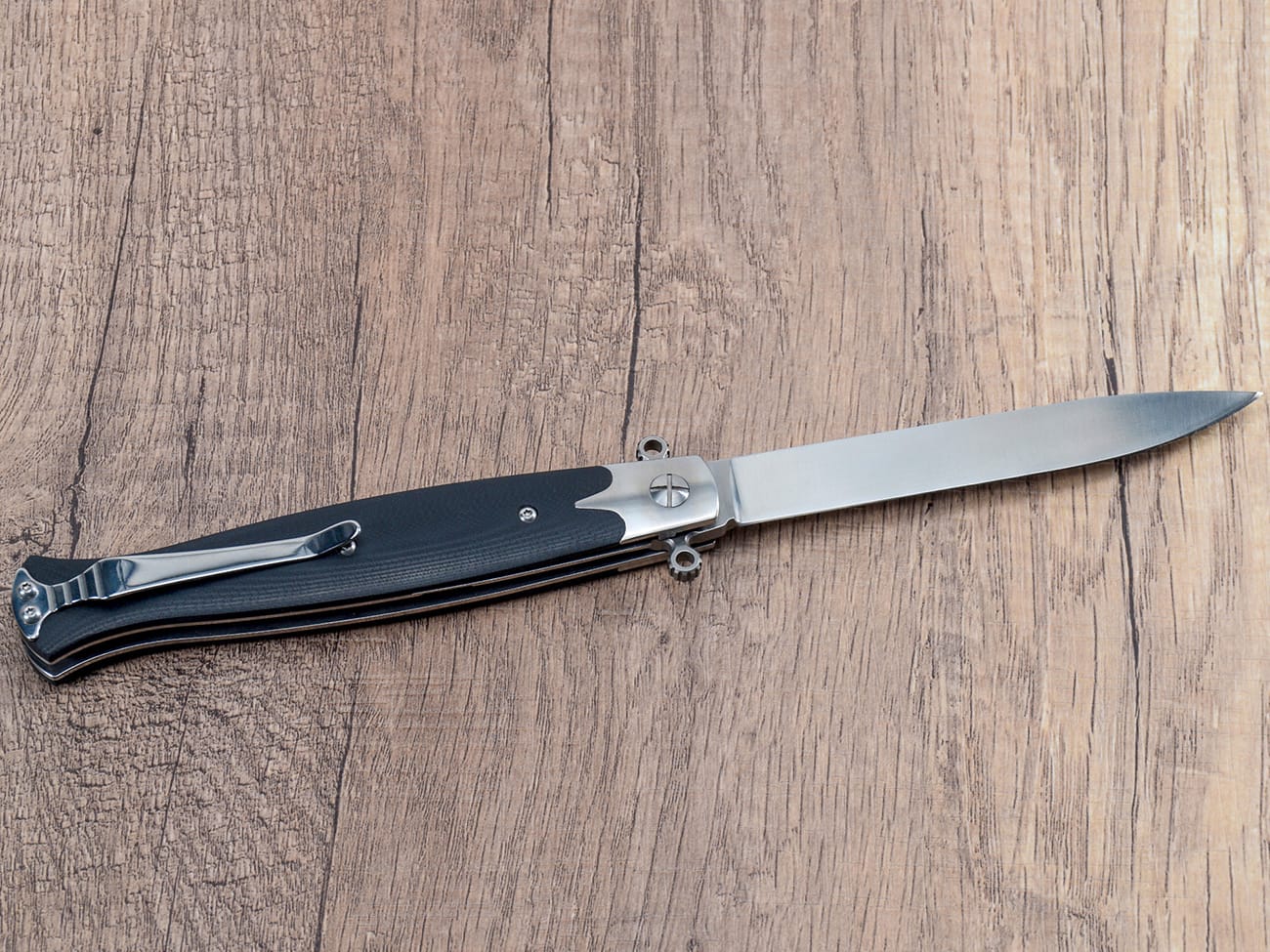
5. How Does a Pocket Knife Compare to Traditional Deburring Tools?
When comparing a pocket knife to specialized deburring tools, each has its benefit. Traditional tools like deburring blades or files are specifically designed for the task and can be more efficient for large-scale operations. However, a pocket knife offers unmatched portability and versatility, which can be advantageous in situations where carrying multiple tools is impractical.
Comparison Table
| Feature | Pocket Knife | Traditional Deburring Tool |
|---|---|---|
| Portability | High | Low |
| Versatility | High | Medium |
| Precision | Medium | High |
| Ease of Use | Medium | High |
6. What Types of Pocket Knives are Best for Deburring?
While most pocket knives can be used for deburring, some types are particularly effective due to their design:
- Folding Knives: Easy to carry and store, suitable for quick deburring tasks.
- Fixed Blade Knives: Provide more control and stability for detailed work.
- Utility Knives: Often have replaceable blades, allowing for consistent sharpness.
For those interested in exploring various pocket knives, check out Pocket Knives for a comprehensive selection.
7. How to Maintain Your Pocket Knife for Deburring?
To keep your pocket knife in top condition for deburring tasks, regular maintenance is crucial. Here’s a basic maintenance kit you should have:
- Sharpening Stone: To keep the blade sharp.
- Cleaning Cloth: To remove any debris from the knife.
- Lubricant: To keep the knife opening and closing smoothly.
Regular maintenance not only extends the life of your knife but also ensures it remains an efficient deburring tool.
8. What are Some Common Deburring Errors to Avoid?
While using a pocket knife for deburring, certain errors can compromise your work:
- Applying too much pressure: This can damage the material or the knife’s blade.
- Incorrect angle: Holding the knife at the wrong angle can lead to ineffective deburring.
- Neglecting Safety: Failing to take proper precautions can lead to injuries.
Avoiding these mistakes will help maintain the quality of your work and the safety of your operations.
9. Real-Life Applications of Pocket Knives in Deburring
Pocket knives are often seen in action in various applications:
- DIY Projects: Home enthusiasts use pocket knives for small-scale deburring.
- Professional Workshops: Handy for quick fixes and adjustments in professional settings.
- Outdoor Adventures: Useful for maintaining gear and equipment in the field.
These real-life scenarios highlight the practicality of pocket knives beyond their conventional uses.
10. Why Choose a Pocket Knife for Deburring?
Choosing a pocket knife for deburring comes down to its versatile nature. Unlike specialized tools, pocket knives can handle multiple tasks, from cutting to deburring, making them a cost-effective addition to your toolkit. Their compact design also makes them easy to carry, ensuring you’re always prepared for unexpected tasks.
Conclusion
When it comes to deburring, a pocket knife proves to be a surprisingly reliable tool. Whether you’re dealing with PVC, RMC, or EMT materials, the right pocket knife can make the job easier and more efficient. By understanding how to use and maintain your pocket knife, you can transform it into a versatile tool for all your deburring needs.
Key Takeaways
- A pocket knife can effectively deburr a variety of materials.
- Proper maintenance and technique are essential for optimal results.
- Pocket knives offer portability and versatility not found in traditional deburring tools.
For more information on selecting the best pocket knife, explore Custom Pocket Knives.

